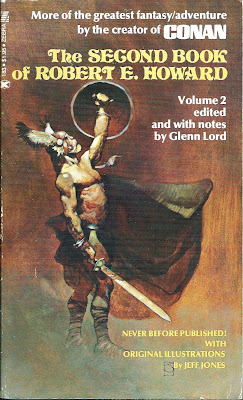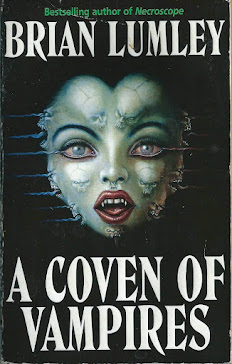Neither Blood nor Blue noticed the short, stocky corporal standing by the table next to theirs…..Nor did the two sergeants see the girl come up on the other side of the table and speak to the corporal. They were brought to the sergeants’ attention by the girl yelling “MOTHAFUCKA !!!!”
She whipped a straight razor from her breast and swung viciously at the little corporal. The corporal caught her wrist when it was about six inches from his face, pulled her around to his side of the table, shook the razor out of her hand, then, with a twist of his own wrist, sent her flying back over that table, over two others, sliding across the dance floor, head first into the juke box. She was surprised, shocked, and a little stunned. As she started to rise, an unseen hand brought a beer bottle down on her head with a murderous force. She slumped back against the box, shook her head, and tried to get up again. This time an unidentified shoe, with a foot in it, came up off the floor and caught her just above the mouth, to the right of the nose. This time, she slumped and stayed.
Here at the PorPor Books Blog, we celebrate Black History Month by reading a book - fiction or nonfiction - about the black experience. For February 2021, the featured title is 'A Chosen Few' by Hari Rhodes.
Hari Rhodes (1932 – 1992) was born in Cincinnati and grew up in extreme poverty. At age 15 he joined the Marines and served in the Korean War. Rhodes began acting in the 1960s and appeared in television shows, most notably Daktari. In the 1970s he transitioned to feature film roles, the best known of these as ‘MacDonald’ in the 1974 film Conquest of the Planet of the Apes. He continued to appear in television roles during the 1980s. He died of a heart attack in 1992.
‘A Chosen Few’ (248 pp.) was published by Bantam Books in January 1965. Long out of print, existing copies of the novel have exorbitant asking prices; I was fortunate to find a copy for a dollar at a used book sale at a library in upstate New York. I again lucked out, and found the second Bantam Books printing (September, 1969), in a used bookstore for just four dollars.
Original cover illustration by James Bama for the first edition of A Chosen Few. The model is Ray Lagrone, art director for Avon Books. From James Bama: American Realist, Flesk Publications, October 2006
‘Chosen’, which is based on Rhodes’s experiences in the Marine Corps, is set in the Camp Lejeune / Jacksonville area of North Carolina in the late 1940s / early 1950s. As the novel opens, the protagonist, Staff Sergeant Robert ‘Blood’ Burrell, a veteran of the Pacific Theatre in World War Two, is reporting to duty at Montford Point, the all-black training camp first opened in 1942. Although he has little love for the South and its small-town society, Burrell has taken a position as a drill instructor at Montford Point in order to advance his career.
As ‘Chosen’ unfolds Burrell, along with his best friend, Staff Sergeant Russell ‘Blue’ Higgins, strives to make Marines from his platoon of inexperienced recruits. He also finds himself negotiating conflicts with a number of individuals, including a rivalry with Ray Fisher, his jealous assistant drill instructor; Ramsey Reeves, the racist Sheriff of Jacksonville; and Lieutenant Simms, the camp’s resident reprobate.
But the riskiest interaction for Blue is a burgeoning romance with Sue Pearson, the blue-eyed, blonde daughter of the camp’s commanding officer. In the rural North Carolina of the postwar era, a liaison with a white woman can have disastrous consequences not just for Blood, but for all of the black Marines at Montford Point………
‘A Chosen Few’ is an impressive example of American realism and, for a book written in 1965, offers a surprisingly ‘modern’ examination of race, black life, and military life, during the segregated era of the South. Author Rhodes uses a spare, declarative prose style that imparts enough momentum to the narrative to consistently hold the reader’s interest. And while the novel’s final chapters take their time in terms of setting up a plot resolution, when the denouement of ‘A Chosen Few’ arrives, it does so in a stunning manner.
Summing up, ‘A Chosen Few’ is a novel of black life and the American South that has lapsed into undeserved obscurity. If W.W. Norton ever restarts its 'Old School Books' imprint, or if any white-owned publishing houses currently are looking to demonstrate their Wokeness by paying homage to black authors, then not only should ‘A Chosen Few’ be among the works first in line for publication, but Rhodes’s two unpublished novels, ‘Harambee’ and ‘Land of Odds’, also deserve consideration.








































































